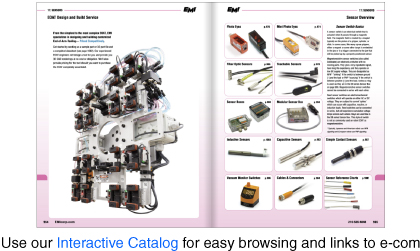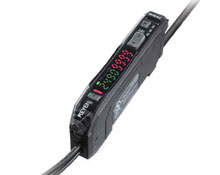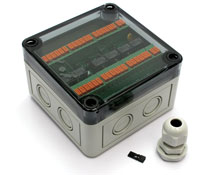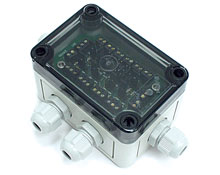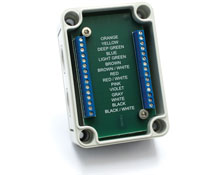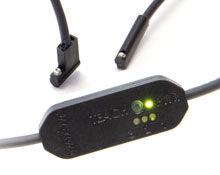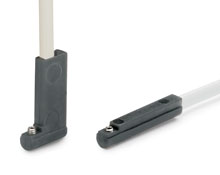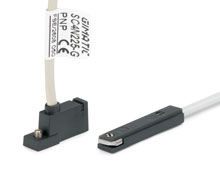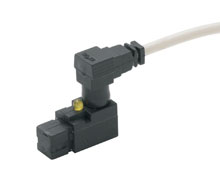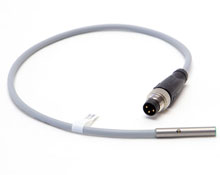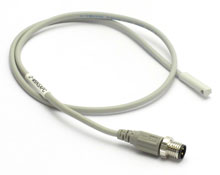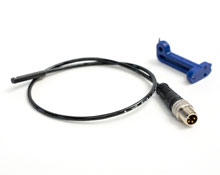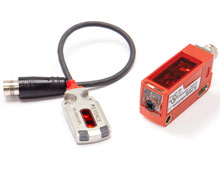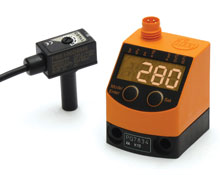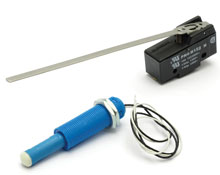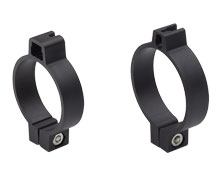S2K Commerce - Products Dropdown
- ${title}
S2K Commerce - Shopping Cart
- ${title}
S2K Commerce - Order Entry
- ${title}
Sensors, Sensor Boxes, Cables and Connectors
A sensor switch is an electrical switch that is actuated when it passes through a magnetic field. The magnetic field is created by a magnet on the piston of a gripper or air cylinder.
Magnetoresistive sensor switches are electronic switches with no moving parts. They give a very repeatable signal, have long life expectancy, and they operate on low DC supply voltage. They are designated as NPN* “sinking” if the switch is between ground [-] and the load or PNP “sourcing” if the switch is between positive [+] and the load. Unless a relay is used, Magnetoresistive sensor switches cannot be connected in series with each other.
Reed sensor switches are electromechanical switches which will operate on either AC or DC voltage. They are subject to current ‘spikes’ which can occur with capacitive, reactive, or inductive loads. Reed switches can be connected in series, but will experience cumulative voltage drops across each unless relays are used like in the SB6S Sensor Box. This style of switch is not as commonly used on robot EOAT as Hall effect sensor switches.
*Typically, Japanese and American robots use NPN signaling and European robots use PNP signaling. For any additional assistance in selecting a sensor switch on EOAT product, feel free to get in touch with one of our experts.


